Notable birds to look out for... the famous lesser
So another instalment of celebrity (for want of a better word!) flamingo to look out for on your next visit to WWT. Take a stroll over to the lesser flamingos and see if you can pick out the ring code "BCF"; this is attached to the newest addition to the lesser flamingo flock at WWT Slimbridge. Hatched in 2006, "Hope" as she was (is) called represented a break-through in avicultural techniques at the time. Whilst not the first lesser flamingo hatched in captivity, this was the first chick to be hatched by WWT. The lesser flamingos had spent many years building nests and laying eggs, but changes to the bird's day-to-day routine and layout of their indoor housing resulted in the successful hatching of a chick by one pair in the group.
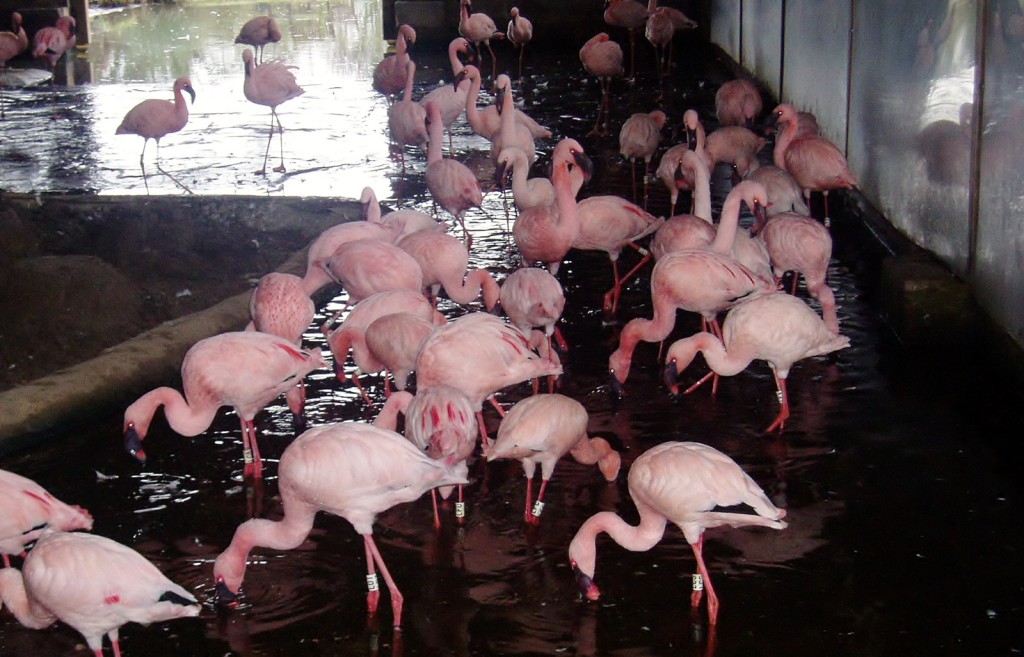
These birds arrived at WWT in the 1960s and thanks to the robust health and long lifespan of flamingos, many of them are still with us now. Lesser flamingo can be remarkably long-lived; there is a record of a wild bird being found dead in Kenya of this year that was ringed in 1962. As such, safe in the grounds of Slimbridge, "Hope" will have the potential for a very long and healthy life at WWT.
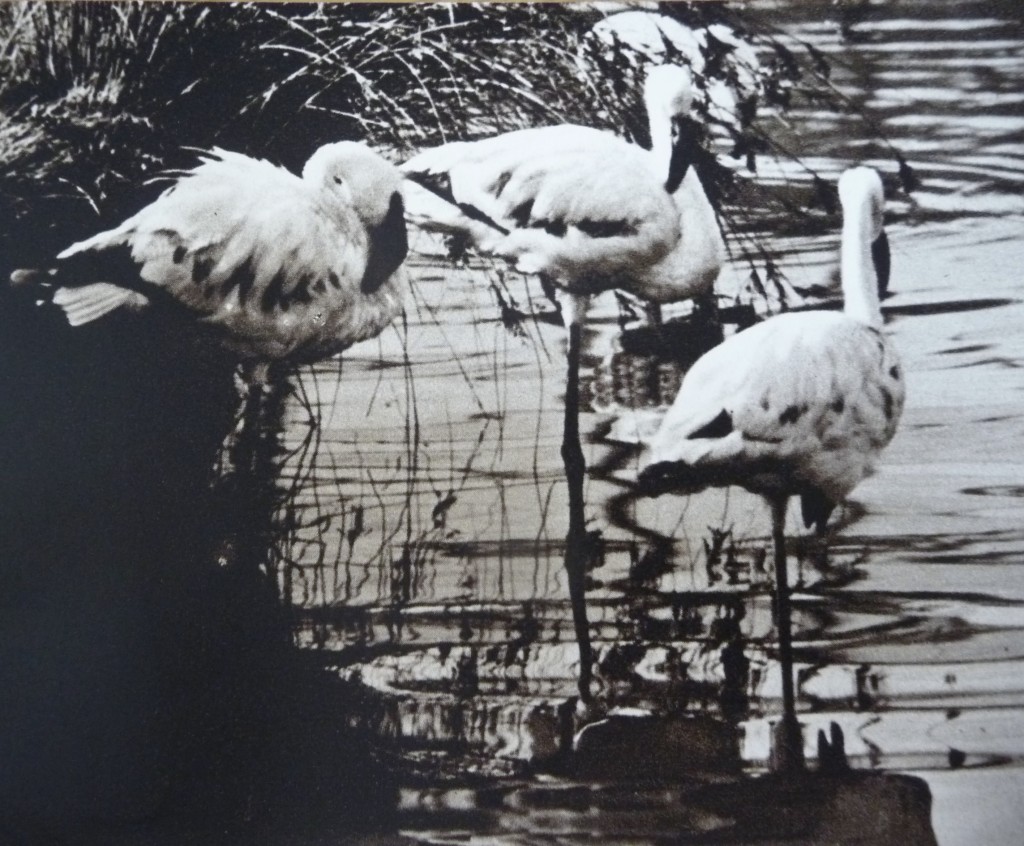
"Hope" was raised naturally by her parents, unlike the other lesser flamingo chick that WWT has reared who was fostered by Caribbean flamingos to ensure a secure start in life. Seven years later, "Hope" is now a fully-fledged member of the flamingo group and has quite a personality. She is a confident and outgoing flamingo, who likes to be at the centre of attention. During the first year of my data collection, I found that "Hope" liked to follow around the small group of birds that included her parents LCX and LFD, two older birds in the group that dominate the reproductive behaviour that occurs in this flock. She would often try and get involved in the nest building that these two birds, and about five others would engage in but would often be rebuffed by the older birds. Perhaps they know that she is not yet old enough to try and have babies of her own?
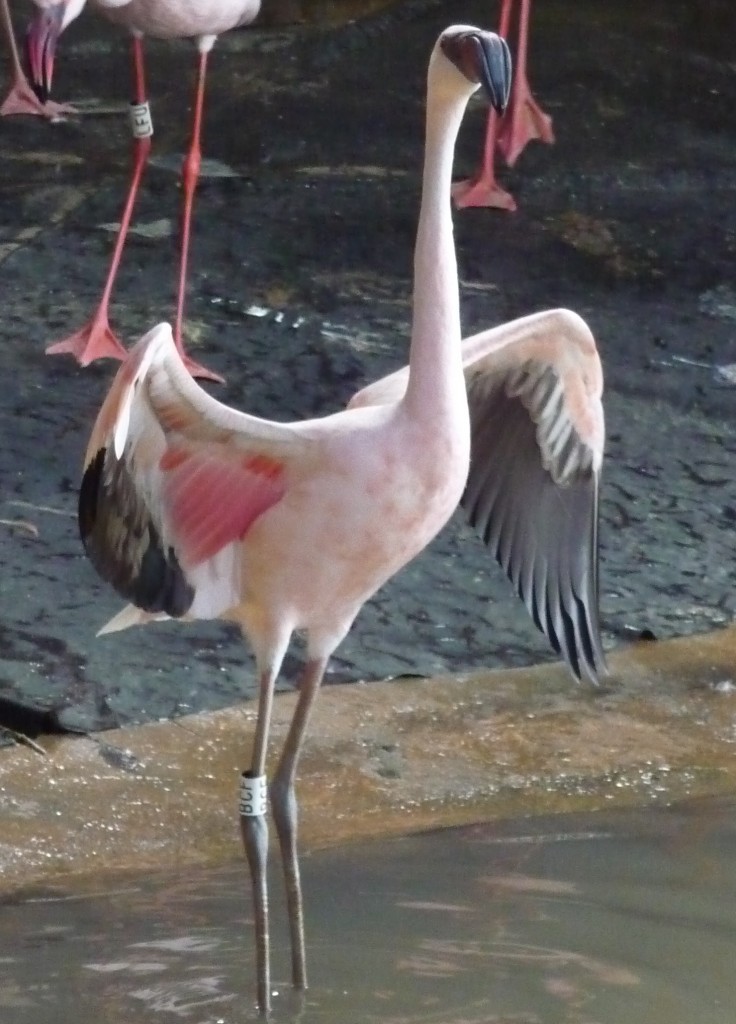
As of July of last year, the lesser flamingo flock moved back into an exhibit in the African area of the grounds at Slimbridge meaning they can be seen in conjunction with their larger, noiser cousins the greater flamingos in "Flamingo Lagoon". It is useful to have such geographic display of the birds to show visitors how each species has evolved to occur in a specific habitat alongside of other species, and to give visitors a taste of what types of birds occur in which areas of the world. So be sure to pay the lessers a visit when you're next at Slimbridge. "Hope" will be in the middle of the crowd, eager to stick her beak into the goings-on of the others birds in her enclosure.
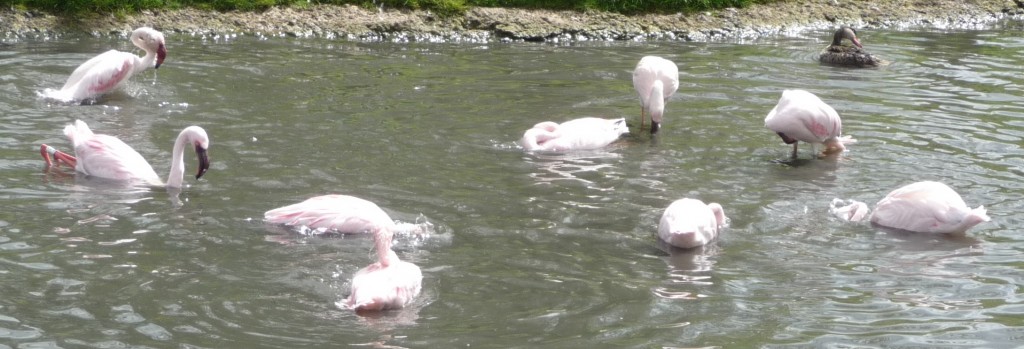
With the lessons that have been learned from the hatching of "Hope" and the rearing of another lesser flamingo at Slimbridge, fingers crossed that this success can be repeated in future. Lesser flamingos are a Near Threatened species whose specialisation in habitat and behaviour puts them at risk from human activities. The captive population is important for telling the story of the precarious lives of these birds in the wild, as well as enabling us to learn more about the ways to keep such important flamingo species as a means of future conservation action.
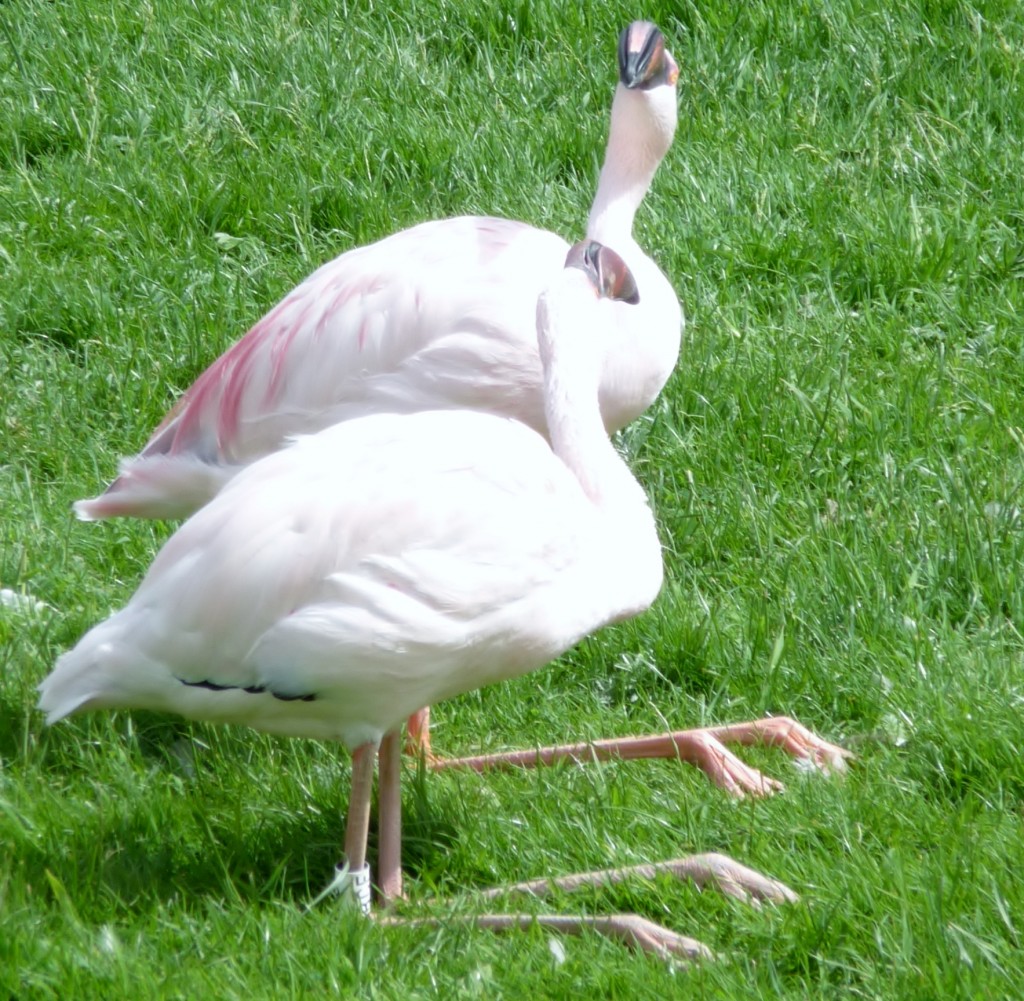
A photo of "Hope", as a chick with her parents, is currently immortalised on one of the postcards available in WWT centre shops.


